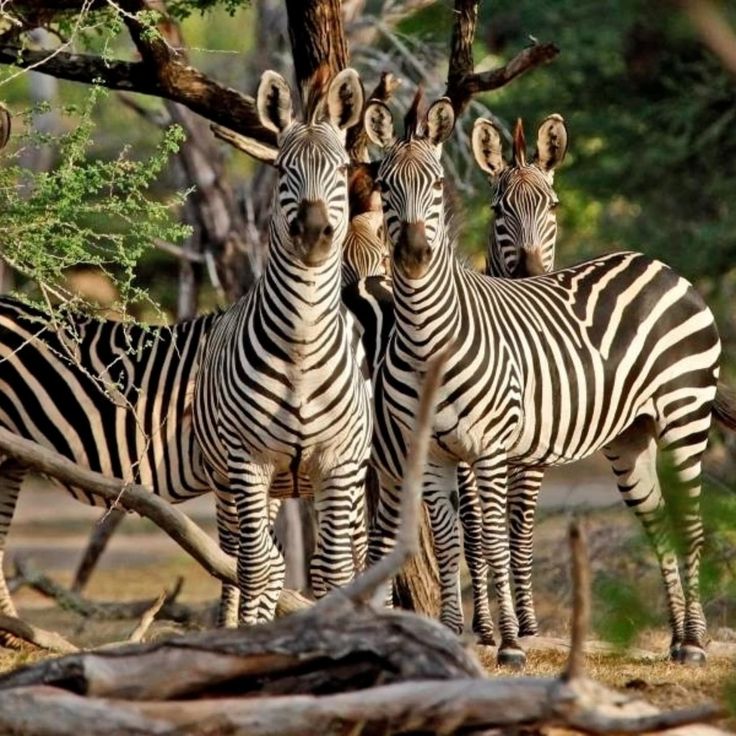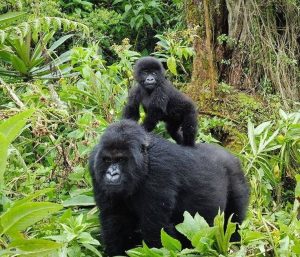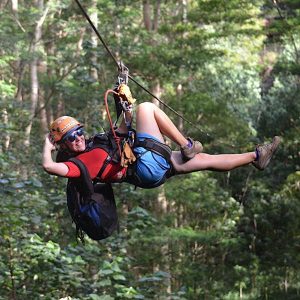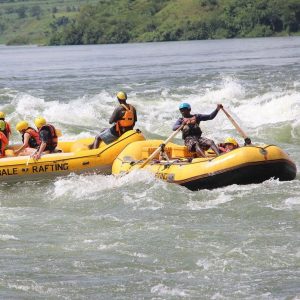The Masai Mara in Kenya is one of Africa’s most famous safari destinations. While the Masai Mara National Reserve attracts global attention, the private conservancies surrounding it offer equally spectacular wildlife experiences with fewer crowds, more exclusivity, and stronger community benefits. This guide explores the top Masai Mara conservancies, what makes each one unique, and why they should be part of your safari plans.
What is a conservancy in the Masai Mara?
A conservancy in the Masai Mara is land owned by local Maasai communities and leased to safari operators or conservation trusts for wildlife protection and tourism. Unlike the national reserve, conservancies limit visitor and vehicle numbers to ensure exclusivity and reduce environmental pressure. This model benefits both wildlife and local people. Landowners earn lease payments, jobs, and community development support, while visitors enjoy uncrowded safari experiences.
Why should you visit a conservancy instead of the Masai Mara National Reserve?
Conservancies offer several advantages compared to the busy main reserve. Vehicle density remains low, meaning wildlife sightings happen with fewer tourists around. Conservancies allow activities such as night game drives, walking safaris, and off-road driving, which are often restricted in the reserve. The exclusivity enhances the safari experience, while income from visitors directly supports Maasai families and conservation projects.
Which are the largest conservancies in the Masai Mara?
Some conservancies cover vast areas, creating essential buffer zones for the reserve.
- Mara North Conservancy spans about 29,170 hectares (72,000 acres). It protects migration routes and offers exceptional predator sightings.
- Pardamat Conservation Area covers approximately 25,900 hectares. It combines wildlife protection with carefully managed grazing, balancing conservation and pastoralist traditions.
- Naboisho Conservancy extends across 22,500 hectares and supports high wildlife density, especially lions and cheetahs.
These large conservancies ensure wildlife corridors remain open and reduce over-crowding inside the reserve.
Which Masai Mara conservancies are best for luxury safaris?
Travelers seeking high-end lodges and privacy find several conservancies ideal:
- Olare Motorogi Conservancy enforces strict limits on the number of vehicles and camps. It offers luxury lodges and some of the best predator sightings in Kenya.
- Naboisho Conservancy provides spacious campsites, superb guiding, and opportunities for walking safaris.
- Ol Kinyei Conservancy, although smaller, delivers award-winning intimate safari experiences and is famous for cheetah sightings.
These conservancies attract guests who want exclusivity and premium safari standards.
Which conservancies focus on balancing wildlife and community needs?
Some conservancies emphasize sustainable coexistence:
- Enonkishu Conservancy demonstrates how cattle grazing and wildlife conservation can co-exist. It actively trains Maasai communities in land management.
- Nashulai Conservancy is community-led, with Maasai families directly managing operations and benefiting from eco-tourism.
- Lemek Conservancy lies within a vital wildlife corridor, ensuring both migration access and community benefit.
These conservancies highlight how tourism can create harmony between tradition, wildlife, and development.
Which conservancies are best for quieter, off-the-beaten-track safaris?
Travelers looking for peace and solitude can choose smaller or less crowded conservancies:
- Ol Kinyei Conservancy limits the number of safari vehicles, ensuring uncrowded sightings.
- Lemek Conservancy provides intimate wildlife experiences in a less visited zone.
- Siana Conservancy remains one of the least developed areas, offering an authentic wilderness feel.
These conservancies suit photographers, honeymooners, or anyone seeking a slower safari pace.
What wildlife can you expect to see in the Masai Mara conservancies?
The conservancies protect habitats for iconic African wildlife. Lions, leopards, cheetahs, elephants, buffaloes, giraffes, and wildebeests roam freely across the ecosystem. Birdwatchers find species diversity, from raptors to grassland specialists. During the Great Wildebeest Migration, herds move through Mara North, Naboisho, and Olare Motorogi, offering dramatic encounters without the crowded riverbanks of the reserve.
How do conservancies support Maasai communities?
Each conservancy pays Maasai landowners a monthly lease fee based on the size of land they contribute. These payments provide reliable income that encourages landowners to maintain wildlife habitat rather than converting it into agriculture or settlements. In addition, conservancies create jobs for rangers, guides, and lodge staff, and fund education and healthcare programs. This system ensures tourism directly benefits local people while preserving culture.
What activities are allowed in Masai Mara conservancies?
Unlike the reserve, conservancies allow a wider range of safari activities:
- Night game drives provide chances to spot nocturnal species such as hyenas, aardvarks, and civets.
- Walking safaris let travelers explore on foot with armed guides, learning about tracks, plants, and small creatures.
- Cultural visits give insight into Maasai traditions, dances, and village life.
- Off-road driving enables closer encounters with big cats and hunting scenes.
These activities create a richer, more diverse safari experience.
How many conservancies exist in the Masai Mara?
The Mara ecosystem has more than 15 conservancies, covering over 1,500 square kilometers. Collectively, they represent almost half the size of the official Masai Mara National Reserve. Conservancies such as Mara North, Olare Motorogi, Naboisho, Ol Kinyei, Lemek, Enonkishu, Siana, and Nashulai form a crucial protective buffer that keeps the ecosystem connected.
How do you choose the best conservancy for your safari?
When selecting a conservancy, consider:
- Wildlife density: Naboisho and Olare Motorogi are renowned for big cats.
- Exclusivity: Ol Kinyei and Lemek offer intimate, vehicle-limited experiences.
- Cultural immersion: Nashulai and Enonkishu emphasize Maasai traditions.
- Migration routes: Mara North and Pardamat provide prime access to migrating herds.
- Budget and lodges: Some conservancies host ultra-luxury lodges, while others offer mid-range camps.
Your choice should align with your safari style, whether luxury, adventure, or cultural focus.
Why are conservancies important for the future of the Masai Mara?
Conservancies reduce pressure on the national reserve by spreading tourism across a wider area. They protect vital wildlife corridors and ensure Maasai landowners benefit directly from tourism, which incentivizes long-term habitat protection. Without conservancies, the Mara ecosystem would face fragmentation, overgrazing, and unsustainable tourism practices. Their success shows that conservation and community development can work hand in hand.
Final Thoughts
The Masai Mara conservancies represent one of Africa’s most successful conservation models. They provide travelers with exclusive safaris, protect wildlife habitat, and sustain Maasai livelihoods. Whether you seek luxury, cultural immersion, or solitude, a conservancy offers a tailored safari experience that rivals and often surpasses the crowded reserve.




